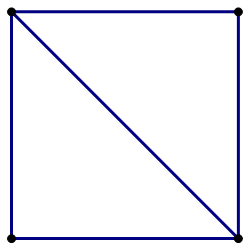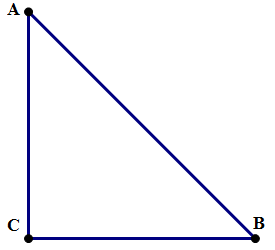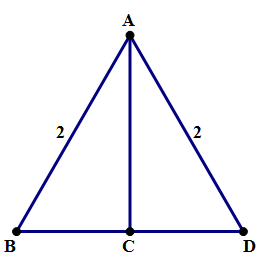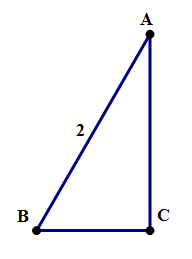

Understand the properties of the Quantitative section’s two favorite triangles!
The two special triangles are right triangles with special angles and side. Like all right triangles, they satisfy the Pythagorean Theorem. These two triangles are “special” because, with just a couple pieces of information, we can figure out all their properties. The QUANT-writers love this about these two triangles, so these special triangles are all over the place on the Quantitative Section. In what follows, do your best to understand the argument: remembering what you understand is far more effective than simple memorizing.
Let’s start with the square, that magically symmetrical shape. Assume the square has a side of


We know
The sides have the ratios
So, the three “names” for this triangle (which are useful to remember, because they summarize all its properties) are
1) The Isosceles Right Triangle
2) The
3) The
Let’s start with an equilateral triangle, another magically symmetrical shape. Of course, by itself, the equilateral triangle is not a right triangle, but we can cut it in half and get a right triangle. Let’s assume


So, in the triangle ABC, we know
The sides are in the ratio of
So, the three “names” for this triangle (which are useful to remember, because they summarize all its properties) are
1) The Half-Equilateral Triangle
2) The
3) The
Math is not a spectator sport. Now that you have seen these arguments, see if you can re-create the entire argument for the properties without looking at this post. If you can remember, or even half remember, the entire argument, that will be enormously beneficial in remembering the properties themselves.